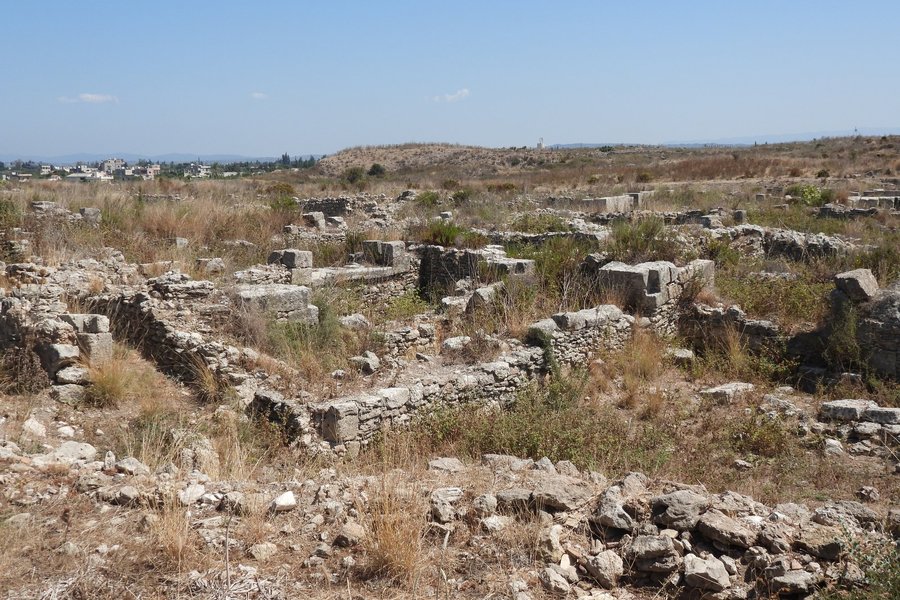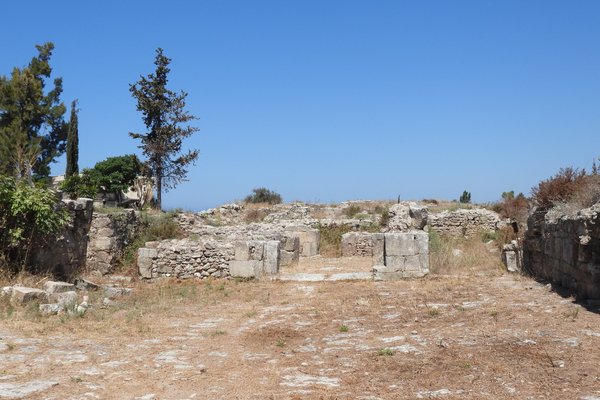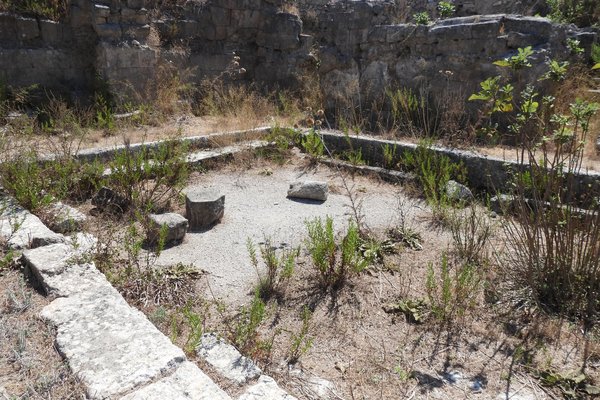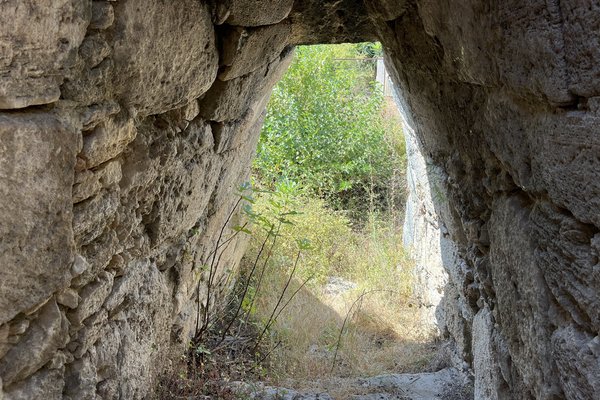Syria
Ugrarit
Ugrarit (Tell Shamra) covers the remains of an ancient port city that flourished during the Bronze Age.
The site, which was destroyed around 1185 BCE, is largely still unexcavated. However, since its rediscovery in 1928, temples, the remains of a fortification, a vast royal palace and numerous residences have been found. Above all, though, are the clay tablets with inscriptions in several languages, including Akkadian and the native Ugraritic. The latter, as the first ever phonetically based script, has provided a revolutionary simplification of writing.
Site Info
Official Information
- Full Name
- Ugrarit (Tell Shamra) (ID: 1292)
- Country
- Syria
- Status
-
On tentative list 1999
Site history
History of Ugrarit
- 1999: Added to Tentative List
- Added to tentative list
- Type
- Cultural
- Criteria
Links
- UNESCO
- whc.unesco.org
All Links
UNESCO.org
- whc.unesco.org — whc.unesco.org
Community Information
- Community Category
- Archaeological site: Near Eastern
Travel Information
Recent Connections
News
No news.
Community Reviews
Show full reviews
The Tentative Site of Ugarit (or Ugrarit) lies just outside the Syrian coastal city of Latakia. The archeological site is fenced, staffed, has some information panels in Arabic, English and French and requires an entry fee. It is foremostly known for its revolutionary role in the history of writing: the scribes in this trade city invented the first phonetically based script, the first alphabet of 30 letters, to cater to the speakers of many different languages passing through that needed their services.
Their city flourished in the late Bronze Age, in the second millennium BC, when the Ugaritic Kingdom controlled lands deep into what is now northwestern Syria. Of course, as WH Travellers we know what to expect visiting a site as old as this, but my four trip mates bailed out at the first sight of this field of stones. They waited in the shade at the entrance for me to finish my private tour with a local guide.
The site was only rediscovered in 1928 and is largely unexcavated. Still, the outlines of the vast Royal Palace complex are easy to see: it had no less than 90 rooms. Much of the grounds is now overgrown with weeds – more a sign of the fertility of the ground here than a lack of maintenance, I was told. We even found the discarded skin of a snake, so from that point on, we tried to avoid areas with high grass.
The archive room where the clay tablets using the …
Keep reading 0 comments


